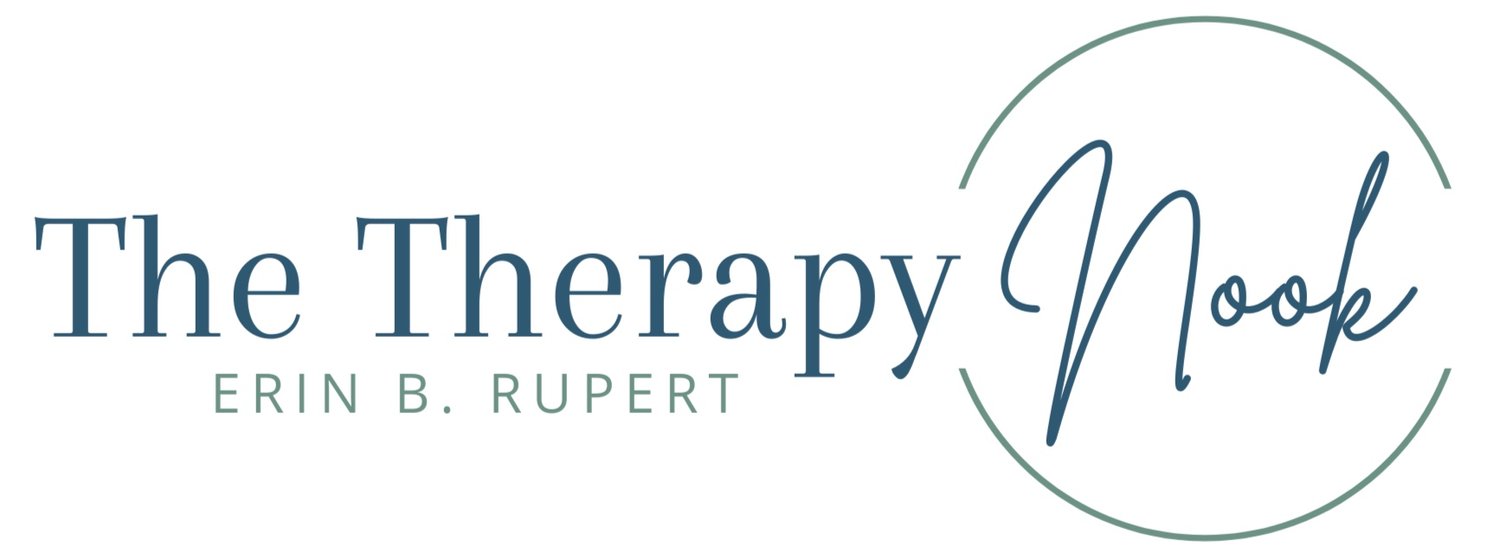Services
It’s difficult being human.
Sometimes our lives feel fully in-control. In these times, we’re able to flow, respond, make decisions, and find a general sense of joy in life. Being human, though, means we’re bound to confront challenges from time to time. When this happens we may be able to draw on resources to respond, or we need something extra. Therapy can be thought as that something extra.
To get back to a balanced life or to learn how to cultivate a life that has never truly felt safe or stable, we must explore and move towards areas of perceived discomfort.
Imagine the first time you rode a bike, or showed up to a yoga class not knowing any pose. Your first attempt was unlikely to be “perfect.” It took thousands of repetitions to improve any one skill. Emotional regulation, communication, and repatterning belief systems takes time are also skills that take time to cultivate.
Growth comes when we move towards what is uncomfortable.
-

Individual Therapy
60 - 90 minute individual therapy sessions addressing mental health concerns, trauma, relationships, and any difficulties impacting the functioning of your life.
-

Couples Therapy
60 - 120 minute couples therapy sessions to improve the functioning of the relationship including communication, boundaries, and understanding the neurobiological basis of attachment.
-

Therapy Intensives
3-6 hour therapy intensives to address trauma, attachment, and relationship concerns. Can include EMDR, Ketamine Assisted Psychotherapy (KAP), or PACT.
What can be addressed in therapy?
Emotional Regulation
Executive Functioning
Grief
Insomnia
Panic Attacks
Perfectionism
ADHD
Anxiety
Attachment Trauma
Body Image
Boundary Setting
Brain Injuries
Burnout
Communication
Confidence
Depression
Dissociation
Domestic Violence
Relationships
Self-esteem
Sexual Issues
Sport Performance
Substance Use
Trauma / PTSD
How does therapy work?
Talk therapy is straightforward. You come to my office, get cozy with a cup of tea, and we talk. But wait! There’s more…
Traditional talk therapy begins with you and what you’re struggling with. My job is to elicit insight, build coping skills, offer support, and guide you to a more favorable outcome. I do not give advice but rather act as a compass and pillar for your growth and healing. I aim to see you and hold space for you in your brilliant messiness as a key to mending your deepest and most central wounds.
It seems that talking shouldn’t make that much of an impact, but we can understand its effectiveness by how the brain works. Giving voice to emotions and unprocessed experiences has been shown to reduce emotional pain by increasing connectivity between the left and right brain. Bring in an unbiased third party, and the safety in emotional expression increases and healing emerges.
Sometimes we need more tools for healing and lasting change than a gentle and supportive ear.
Talk therapy excels in challenging thoughts and offering support, but sometimes we need to work from the “bottom-up” and connect the body with the mind. This may look like incorporating mindful movement, breathwork, expressive arts, or using the body as a map for emotional and interoceptive exploration to unearth change. Check out the trauma therapy section to learn more about bottom-up approaches.



